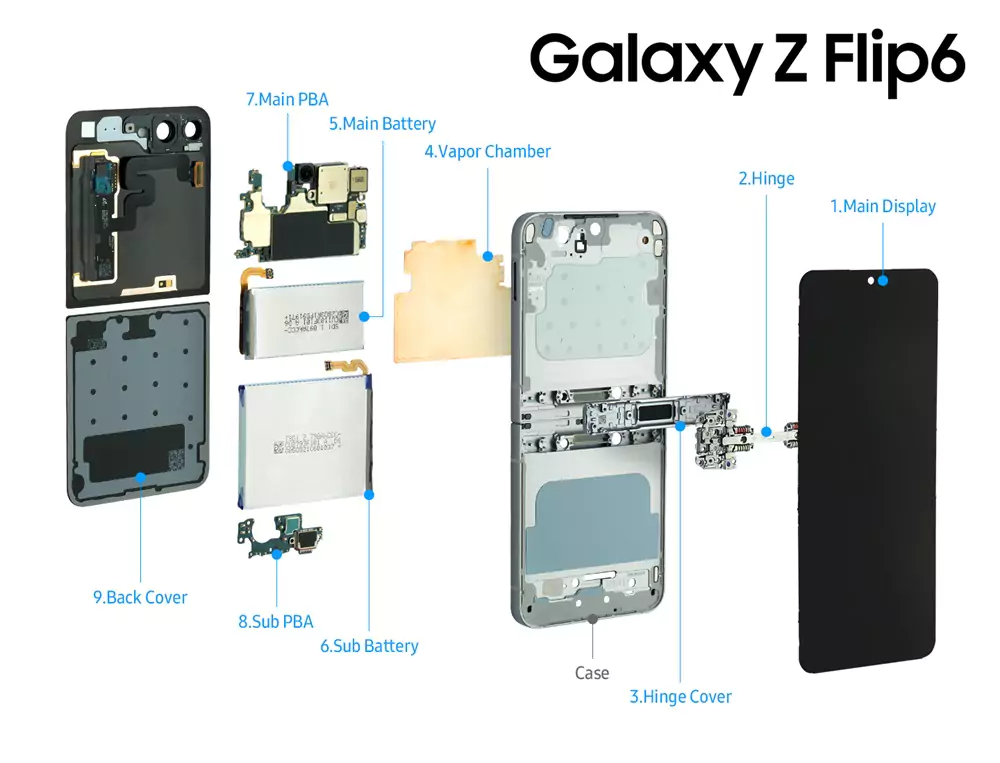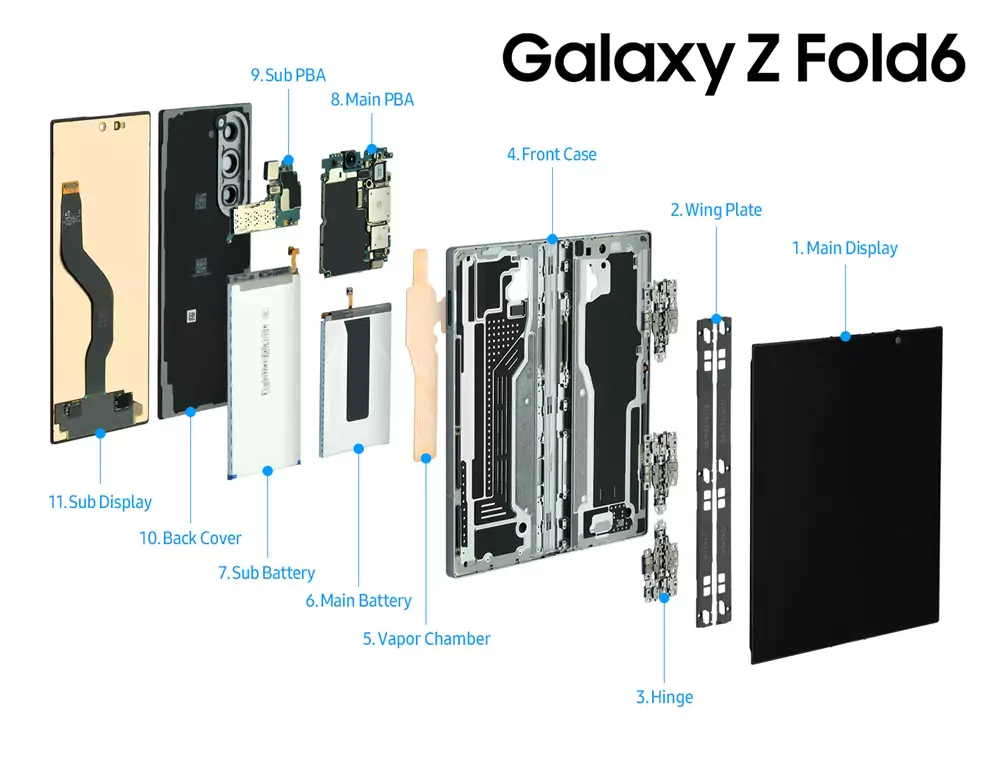The most recent version of Corning Gorilla Glass fared better in drops on rougher surfaces, such as concrete.
We already know that smartphones have become bigger over time. For a business like Corning, this presented a challenge since the longer the screen diagonal, the more strain would be placed on the glass when you drop your phone, which is bound to happen.
To stay up with advances in smartphone design, it must thus continue to improve its strong glass composition. Victus was first released a few years ago, followed by a plus version in 2021, and now Gorilla Glass Victus 2 is available.
Corning revealed Gorilla Glass Victus 2
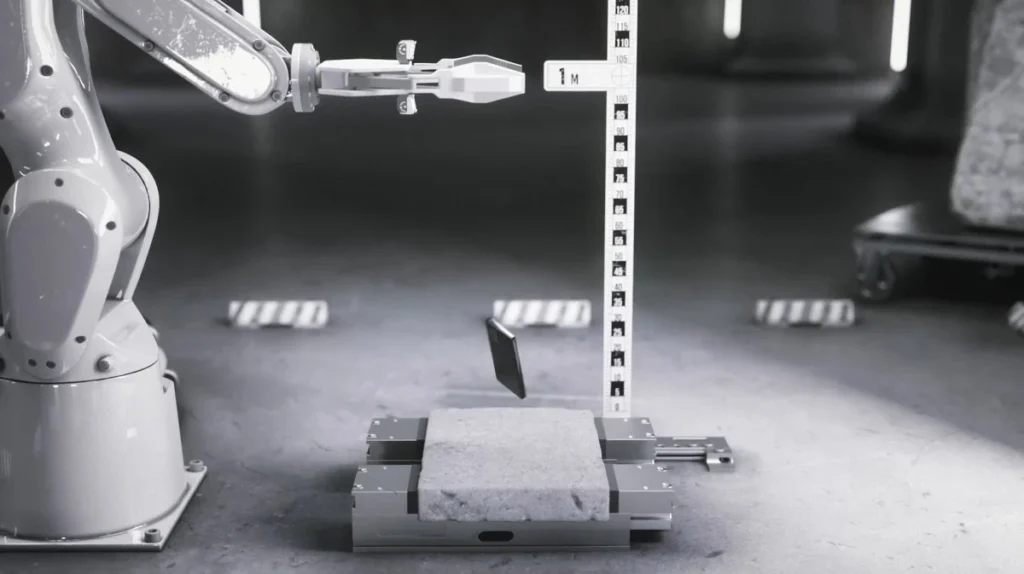
The home’s smooth (perhaps carpeted) floor doesn’t pose a significant risk to a contemporary smartphone. But rough exterior surfaces are a different story. If the glass isn’t strong enough, asphalt and concrete can both seriously harm the screen.
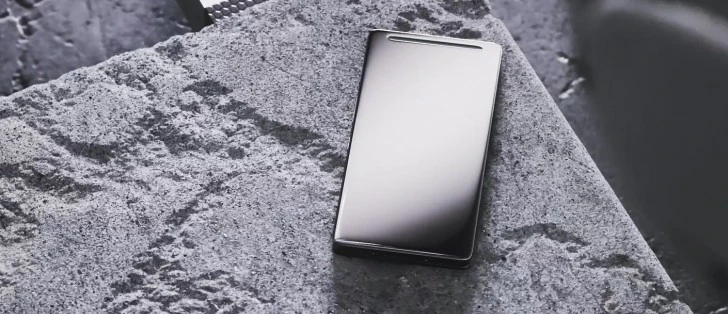
Concrete was the intended market for this generation of GG Victus at Corning. It’s made out of a mixture of cement, sand, and pebbles, and if you drop your phone, one of those rocks might completely wreck your day. The firm utilises 80-grit sandpaper to simulate concrete, compared to 180 grit for asphalt, because concrete is rougher than asphalt.
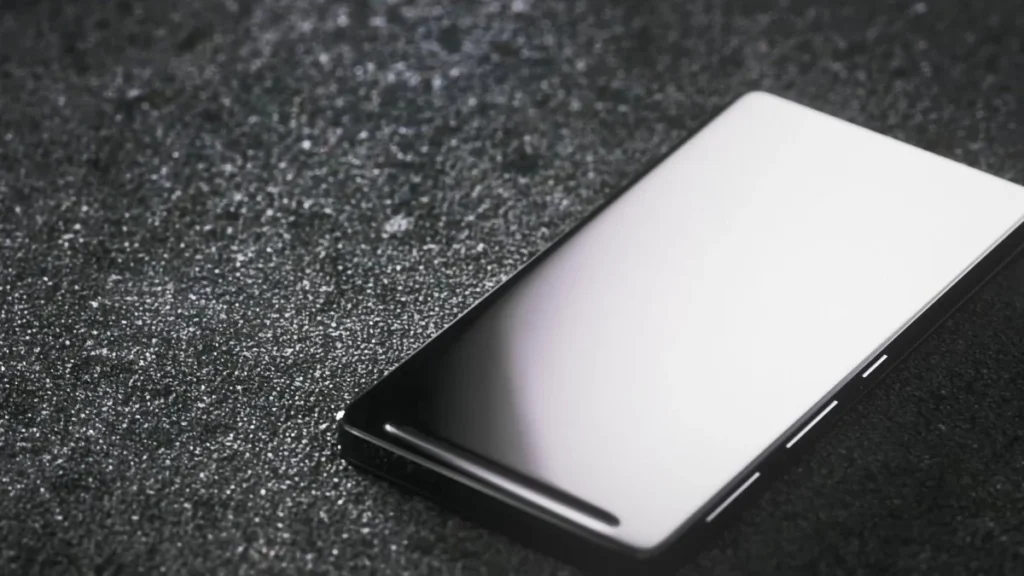
Due to the uneven surface caused by the mixture of various-sized materials, a piece of gravel that protrudes just a little can focus all the power of the impact. The force is dispersed by any smooth floor tiles you may have at home, which significantly reduces the likelihood of the glass shattering.
Corning created Victus 2, which can withstand one metre (hip height) drops onto concrete, using lab equipment to conduct testing. The glass can withstand a fall from 2m if you chance to be walking on asphalt (head height).
Larger phones are an issue, as we previously stated. The typical smartphone now is 10% bigger and 15% heavier than one from four years ago, according to Corning, and this isn’t simply due to the greater screen diagonal. The problem is made worse by the fact that a heavier phone would impact the ground with greater force.
It is not sufficient for glass to withstand impact without shattering; it must also be scratch-resistant. Although they can have a common cause—dropping the phone onto a hard surface—those are two distinct problems. That isn’t always the case; desks and pockets can get scratched as well. Additionally, Gorilla Glass is frequently charged with protecting not just the display on the popular “glass sandwich” design.
Victus, according to Corning, strikes a solid mix between scratch resistance and drop performance. Gorilla Glass Victus 2 maintains scratch resistance while retaining drop performance on hard surfaces.
In the coming months, Gorilla Glass Victus 2-equipped smartphones are anticipated to hit the market. Who are they? Although Corning hasn’t mentioned any specific products just yet, it does keep track of those that employ GG. It’s likely that Victus(+) phone updates will include version 2 of the chip.
P.S. Scott Forester, Division Vice President and Business Director, Glass & Operations Council at Corning, was available to meet with us. We inquired about the difficulties in creating stronger glass for smartphones. There will be more on that in another piece.
To get real-time news alerts join the Technewsrooms Telegram group. You can also follow us on Twitter and subscribe to our Google News feed for updates.
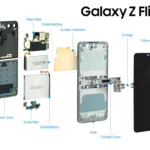
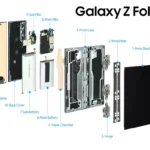
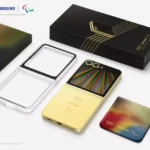
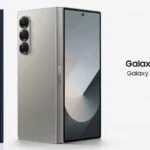
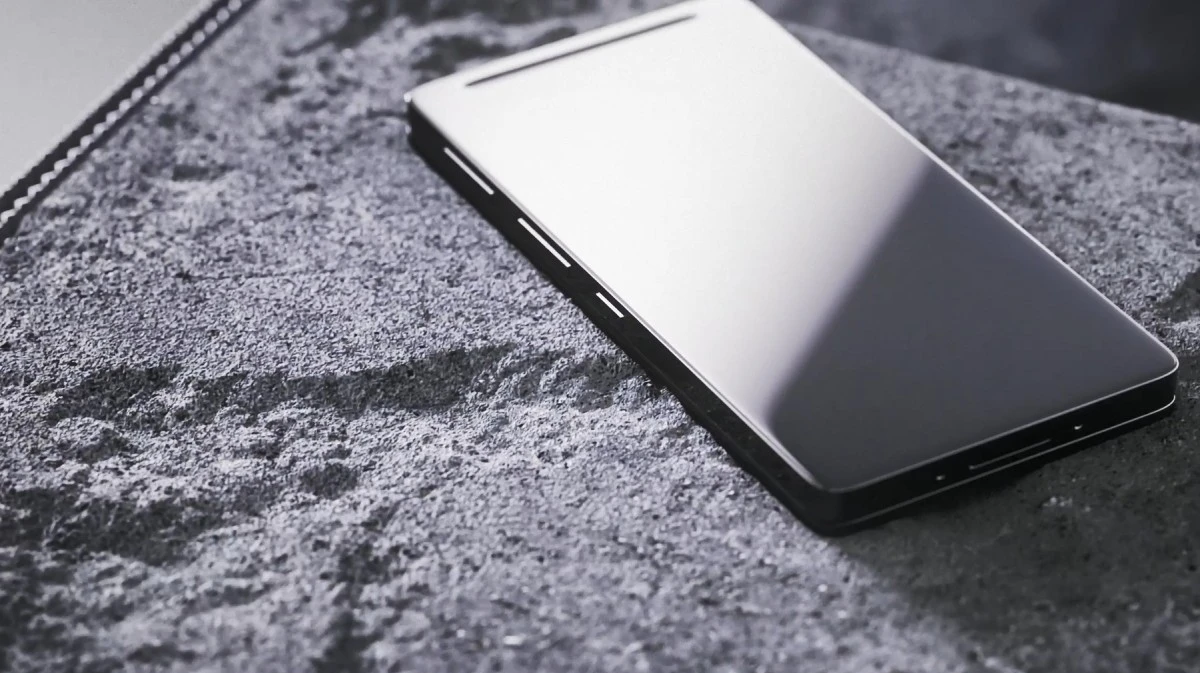
![[Exclusive]: Leaked Oneplus Nord Ce 3 Renders Reveal Significant Design Changes 12 OnePlus-Nord-CE3-1](https://technewsrooms.com/wp-content/uploads/2022/11/OnePlus-Nord-CE3-1-96x96.webp)

